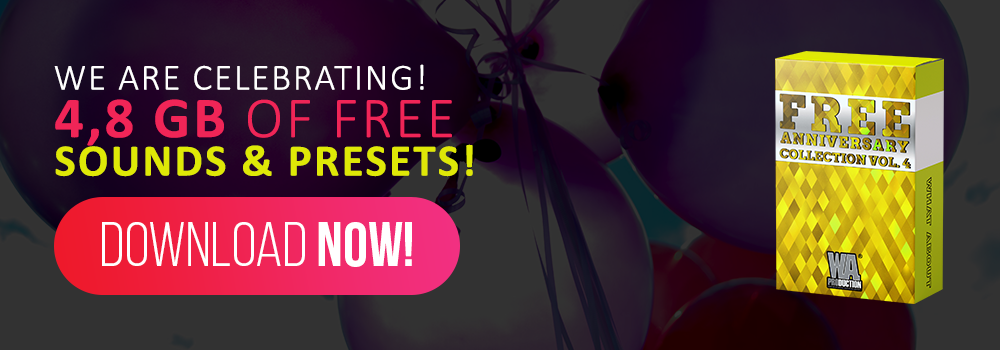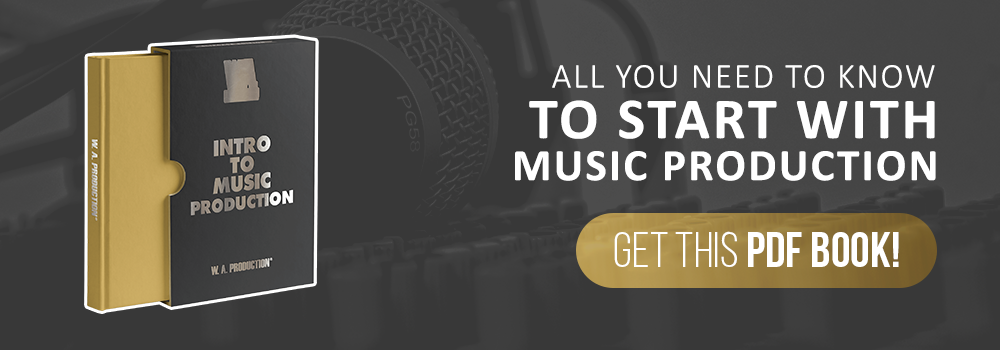Getting ready to render your latest masterpiece away from its host file type and into something you can play online, in the car, or at home?
Get stuck when faced with all of these options like WAV MP3?
/1.jpg?width=349&name=1.jpg)
Bit Rate / Bit Depth / Sample Rate?
/2.jpg?width=380&name=2.jpg)
There are a lot of options when it comes to audio quality. There really isn’t a straightforward answer when you have to factor in the platform through which the audio is going to be used/played.
There are however some basics that will assist you when making your decision on how to render that final mix.
Uncompressed, Lossless Compression, Lossy Compression
There are 3 umbrella audio formats. Before you call it a WAV or MP3 you need to know what properties define that format.
Uncompressed - Meaning it is as true to the original sound as you can get. Uncompressed is Broadcast and CD Quality audio. The most recognized format is.WAV, since it is uncompressed these files can be rather large. Other Uncompressed formats are.AIFF and .AU
Lossless Compression - Meaning that there is some compression used however no data or quality was lost. These files hold quality and are smaller than Uncompressed. FLAC is the most recognized Lossless Compression file type.The only downside is that it is a not a universally recognized format meaning it may not play on all devices. Other Lossless Compression formats are.APE .WV .WMALossless and.SHN
Lossy Compression - Meaning there has been a reduction in file size by removing some of the audio information. This of course results in a reduction in audio quality. MP3 is the most recognized Lossy Compression file type.MP3 is great for uploading to a website due to its small size, however depending on the platform it is listened to, there will be quality loss. Other Lossy Compression formats are. AAC and.WMAlossy
Here is an example of a file types and how size does matter.
- .wav, 16-bit, 44.1kHz: 50 MB
- .wav, 24-bit, 48kHz: 82 MB
- .wav, 24-bit, 96kHz: 164 MB
- MP3, 128kbps, 44.1kHz: 4.5 MB
- MP3, 192kbps, 44.1kHz: 7 MB
- MP3, 320kbps, 44.1kHz: 11 MB
- FLAC, 24-bit, 44.1kHz: 28 MB
- FLAC, 24-bit, 48kHz: 31 MB
- FLAC, 24-bit, 96kHz: 61 MB
I will now move on to “bit”. As you can see above .wav and FLAC indicate 16-24bit and MP3 has 128-320kbps(bits per second).
You can get an example of this by selecting any song on your computer.
Locate the file, right click, select “properties” and view the “details” tab.
/3.jpg?width=362&name=3.jpg)
In my example, you are able to view the Bit Rate details.
Bit Rate, Bit Depth, Sample Rate
Bit Rate(BR) - The number of bits per second. A high bit rate recording will have better quality but will occupy more space. The downside is you can have a high bit rate recording but unless your speakers or headphones can handle it, you won't notice the quality improvement.
Bit Depth(BD) - Measures how precise the sound is in digital. The higher the depth the more accurate to form it is. Bit Depth determines the quietest sound that can be captured or smallest changes in loudness.Generally, 16 Bits is enough for music distribution and 24 or 32 Bit is for archiving music production files.Bit Depth effects.WAV and FLAC format.
Next, we move on to the Sample Rate(SR)
The sample rate is the rate at which samples of an analog signal are taken in order to be converted into digital form.44100 Hz (44.1 kHz)is the CD standard and is capable of capturing the entire frequency range humans can hear (20 Hz to 20 kHz).
The higher the sample rate the better the quality? Kind of.
Again, there is a downside and a real possibility that using high sample rates could actually be reducing the quality of your audio.Just because the digital hardware is capable of 96 kHz or higher doesn’t mean the analog stages will record or play the signal cleanly. So the inaudible high-frequency content actually makes the audio you can hear sound worse.
I know, I know, that is a lot of information to take in. It can be overwhelming, but to assist in the ease of understanding I am now going to apply all of this to the different platforms and formats that you use to play and hear your music.
(These are not concrete, just an example of the “standard”)
- Vinyl — 24-bit 44.1kHz WAV
- Cassette — 16-bit 44.1kHz WAV
- CD - 16-bit 44.1kHz, stereo audio, WAV
- Music Licensing — 24-bit 48kHz WAV files (with 320kbps reference mp3)
- DVD Audio - 24-bit 96 kHz
Loops/Samples
The common standard for audio samples is 44.1 kHz/24-bit WAV or 48 kHz/24 -bit WAV.
Video productions and trailer houses require 48 or 96 kHz WAV files, just because of the industry standards for DVD, Blu-ray
A low-quality sample doesn’t have the resolution required to withstand any processing or added effects
High-quality samples can be used as center stage sound and have the legs to be stretched, compressed, and heavily edited.
DJ's
320kbps MP3
(No cheating, using a bitrate converter to go up from 128 to 320 isn't going to work)
While FLAC is the way to go, one song can be as large as 120mb. So you can either go with HIGH-Quality MP3's at 320kbps and save space or go with Lossless FLAC files and for the sake of sound invest in a larger storage space.
For the following platforms, I have taken the information directly from their respective websites.
SoundCloud
“What types of files can I upload? You can upload AIFF, WAVE (WAV), FLAC, ALAC, OGG, MP2, MP3, AAC, AMR, and WMA files. The maximum file size is 5GB. We recommend uploading uncompressed or lossless audio files to ensure this process results in the best possible quality. When you make your track downloadable this allows your listeners to download your track in the same format you uploaded it in, without any additional transcoding."
*For MP3/Streaming if you upload at 320kbps it will stream in 128kbps, but will retain the quality of your sound.*
Spotify
Spotify streams the open-source Ogg Vorbis codec on its desktop version and appears to use MP3 format on the web player.
Spotify requires audio submission to be a 3rd party rather than direct upload. One of the services is TuneCore which has requirements similar to Apple iTunes. (see below)
The "normal" default Spotify streaming quality on your computer is 160 kbps (kilobits per second). It usually sounds fine, and lets you enjoy the song with decent sound. When you turn on the "high-quality streaming" option, the stream opens up to 320 kbps.
“Tidal Premium ($20/month) streams in lossless high fidelity sound quality at 1.4mbps. Spotify Premium ($10/month) streams at 320kbps.”
Apple Music
Apple Music is streamed at 256Kbps in AAC (Advanced Audio Coding) format. In order to sell music on one of these services iTunes, Amazon, TuneCore they all require the following:
- 16 bit (sample size)
- 44.1 kHz (sample rate)
- 1411 kbps (bit rate) stereo WAV files”
On a side note, for producers and/or those recording in the studio there are some special requirements from these websites that you may want to know about audio quality and rendering.
Taken from TuneCore
“From your mastering engineer, request WAV files directly from the mastering session, that have never been on an audio CD. These files will be submitted to an aggregator such as CD Baby, Tunecore, or The Orchard, to distribute your music to a variety of channels chosen by you.
Be aware that if proper headroom is not present, some loud masters can clip or contain overs when converted from WAV to AAC, mp3, and other compressed formats used by most online stores.
Mastered For iTunes
24-bit/96k, 88.2k, 48k, or 44.1k sample rate WAV files
Some aggregators are now offering Mastered For iTunes versions of releases. This means you can submit 24-bit WAV files, at sample rates higher than 44.1k to the iTunes Store/Apple Music.
Mastered For iTunes is not a completely separate master, it’s based on your main digital master with a few adjustments to optimize for the iTunes Store/Apple Music AAC format. The master files must follow other guidelines specified by Apple that certified “Mastered For iTunes” mastering studios are aware of.
You must use an approved Mastered For iTunes mastering studio in order to be eligible for an official Mastered For iTunes release. You may have to set up and pay for a separate Mastered For iTunes version of your release.”
See that was a semi-painless look into audio quality and formatting.
Now when you get ready to render, approach the task informed. Knowing what you are going to do with the audio track will determine your selection.



















_Cropped.png?width=1600&name=02%20(2)_Cropped.png)




















Your Comments :